OUR BLOG
Known as the Bohemian heart of Belgrade, Skadarlija has enchanted through the ages
Skadarlija, that magical street in the heart of Belgrade, carries within it the spirit of times past, reviving the image of the old town and preserving memories of bohemian evenings that have marked its history. With its subdued lighting and famous cobblestones, this relatively short street, only 600 meters long, holds a rich history and an authentic atmosphere that attracts visitors from around the world.
Before gaining renown for its taverns and artistic souls, Skadarlija was predominantly inhabited by Roma. The entire area was impoverished, characterized by the presence of a stream named Bibija, named after a Romani deity. Though the stream still exists, it is no longer visible on the surface as it once was. When urbanization reached this area in 1872, the street was named Skadarska, after the first Serbian city of Skadar. Throughout its turbulent history, Skadarska Street retained its name, except during a brief period of Austro-Hungarian occupation during World War I, when it was known as Ružina Street. However, after liberation, it reverted to Skadarska, becoming a favorite destination for Belgraders and tourists alike.
This bohemian quarter became renowned for its taverns that attracted artists, writers, actors, and politicians. The nearby National Theatre drew many artists to Skadarlija, contributing to its bohemian splendor.
Skadarlija was graced by luminaries such as Đura Jakšić and Čiča Ilija Stanojević, whose house remains a cultural monument to this day. In 1911, Čiča Ilija began filming the first Serbian short documentary about the Roma holiday of Bibija in Skadarlija, a film that even impressed Paris.
Taverns like “Tri šešira” (Three Hats) and “Dva jelena” (Two Deer) became legendary, preserving the spirit of old Belgrade through their authentic interiors and rich offerings.
The location of today’s “Tri šešira” tavern was once a hat workshop, with a piece of sheet metal on its facade engraved with the image of three hats. When the workshop closed, that piece of metal remained in place, giving the tavern its logical name upon opening. After the Dardaneli tavern was demolished, gentlemen with hats on their heads moved to the new bohemian capital, “Tri šešira” tavern. First came the actors, then the writers and critics, opening the doors to other artists, and eventually, politicians. The launch of the first issue of Politika newspaper in 1904 was celebrated solemnly at “Tri šešira,” as its journalists and founders were frequent patrons. This oldest Skadarlija tavern resounded with humor, satire, philosophy, and anecdotes that are still recounted today.
A similar tale unfolds with “Dva jelena” tavern. Its origins date back to 1867 when the café owner Joakim bought an old bakery situated on the foundations of the Turkish Skadar Gate. The bakery was transformed into a large tavern with a spacious terrace, named after the hunters who passed through on their way to the banks and marshes of the Danube.
This bohemian oasis has been an inspiration to many, and today, Skadarlija remains a beloved place for Belgraders and tourists, drawing visitors with its unique atmosphere and the charm of its past. A stroll through this quarter offers a unique experience encountering the spirit of old Belgrade and the bohemian way of life that continues to captivate and inspire.
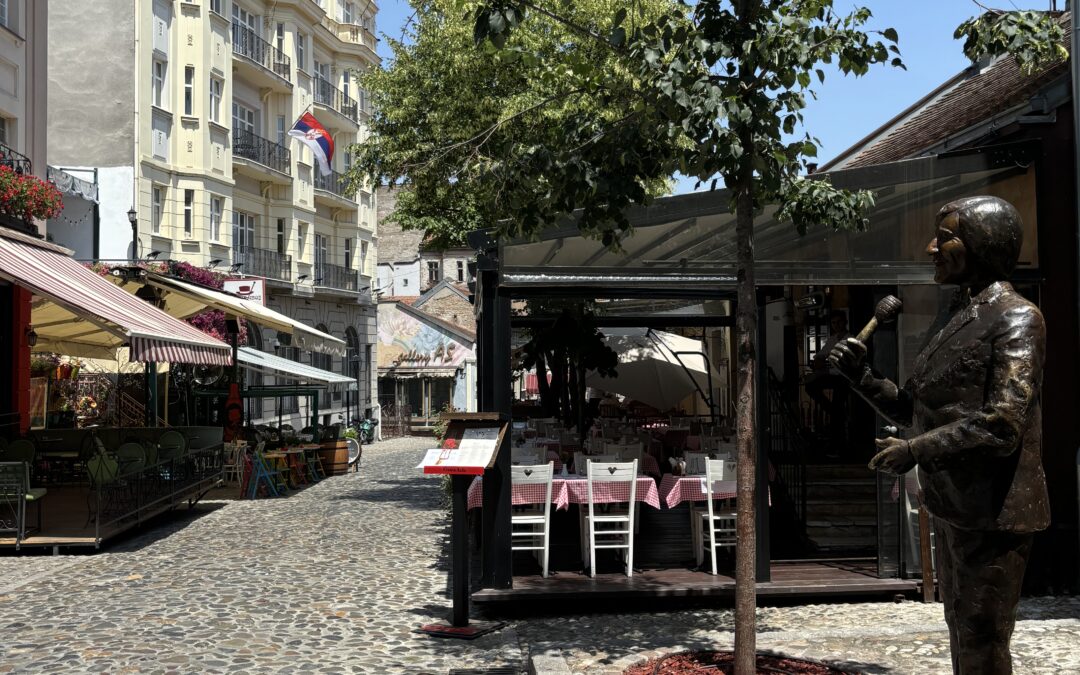
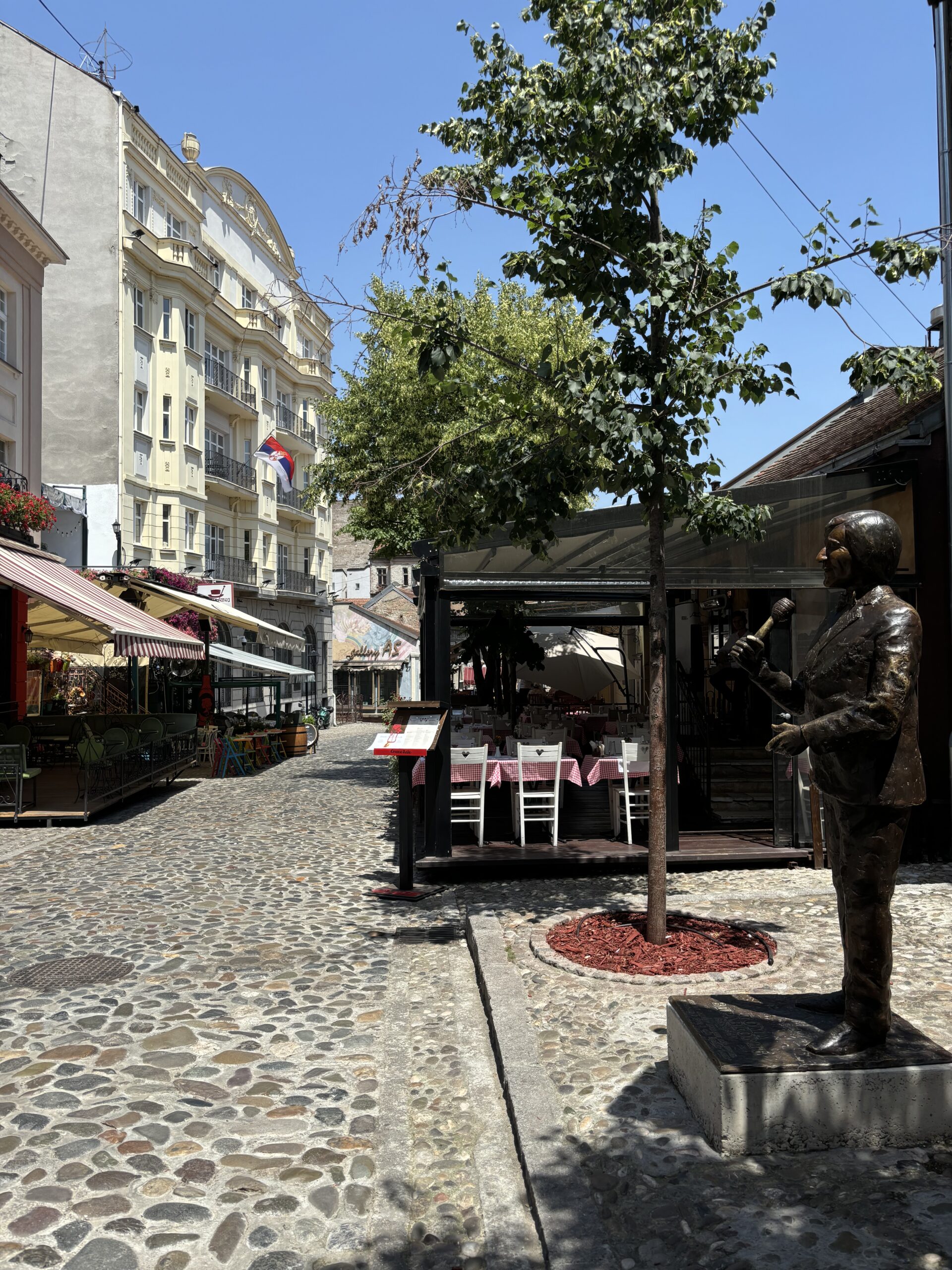
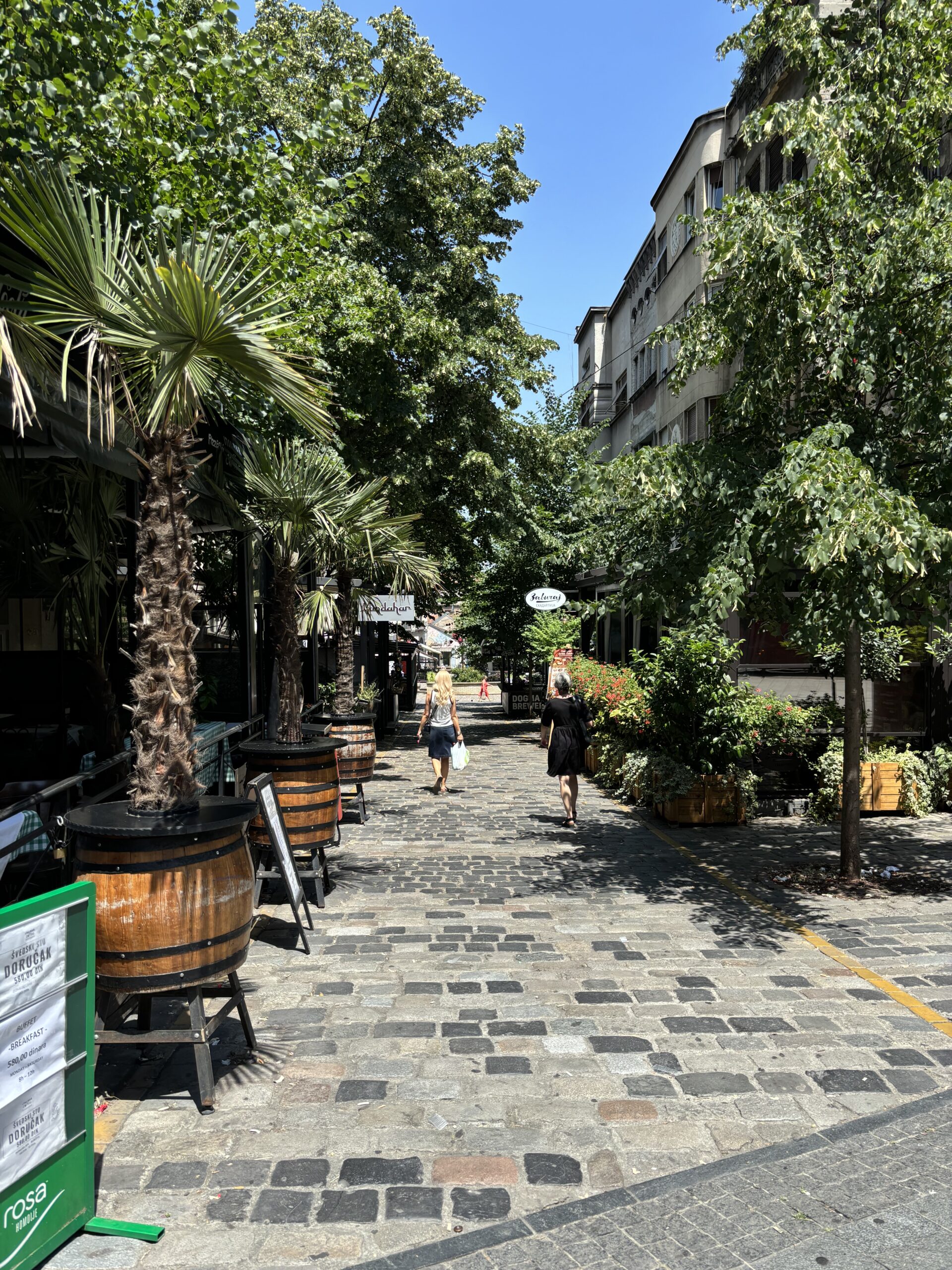
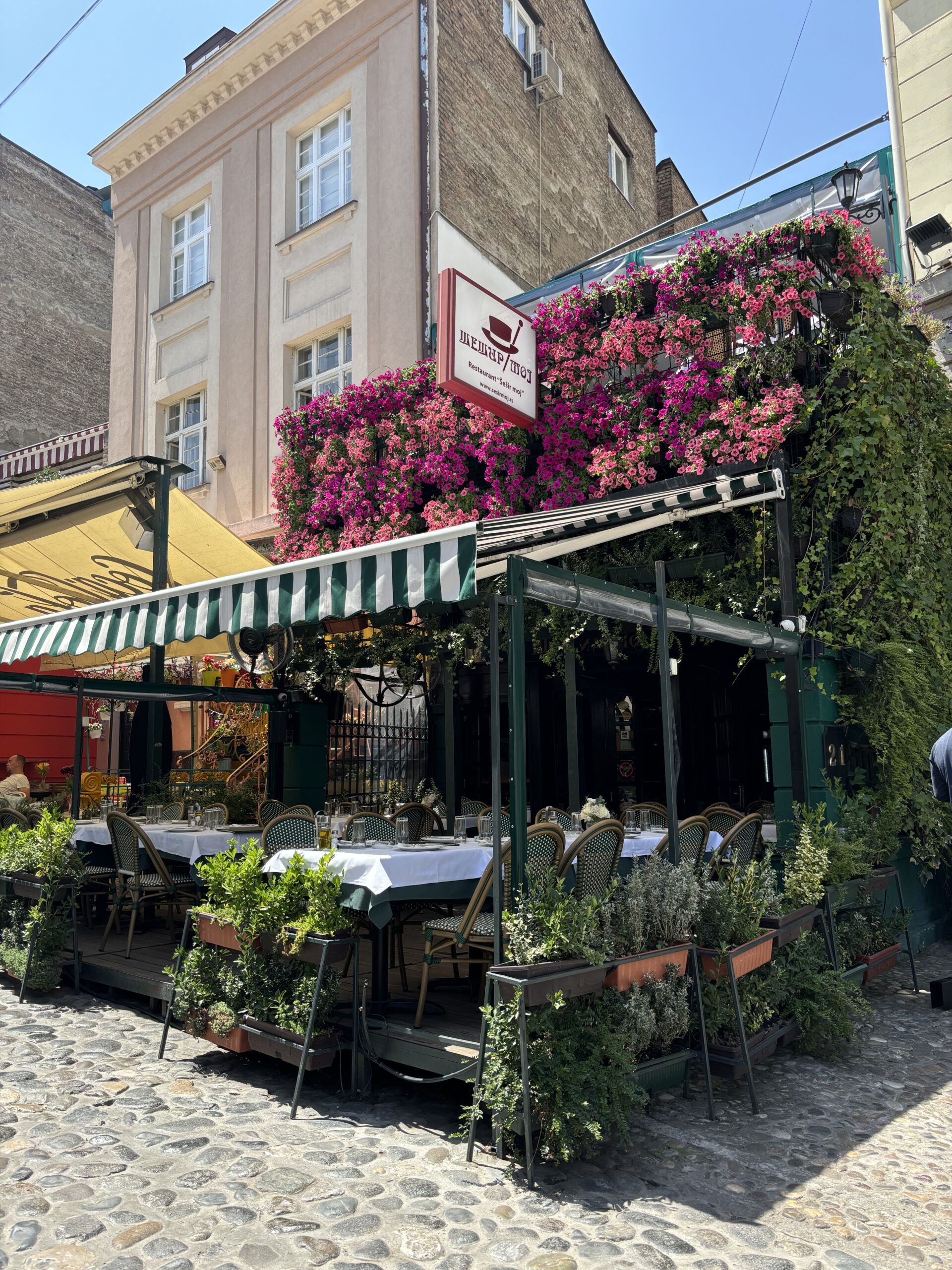
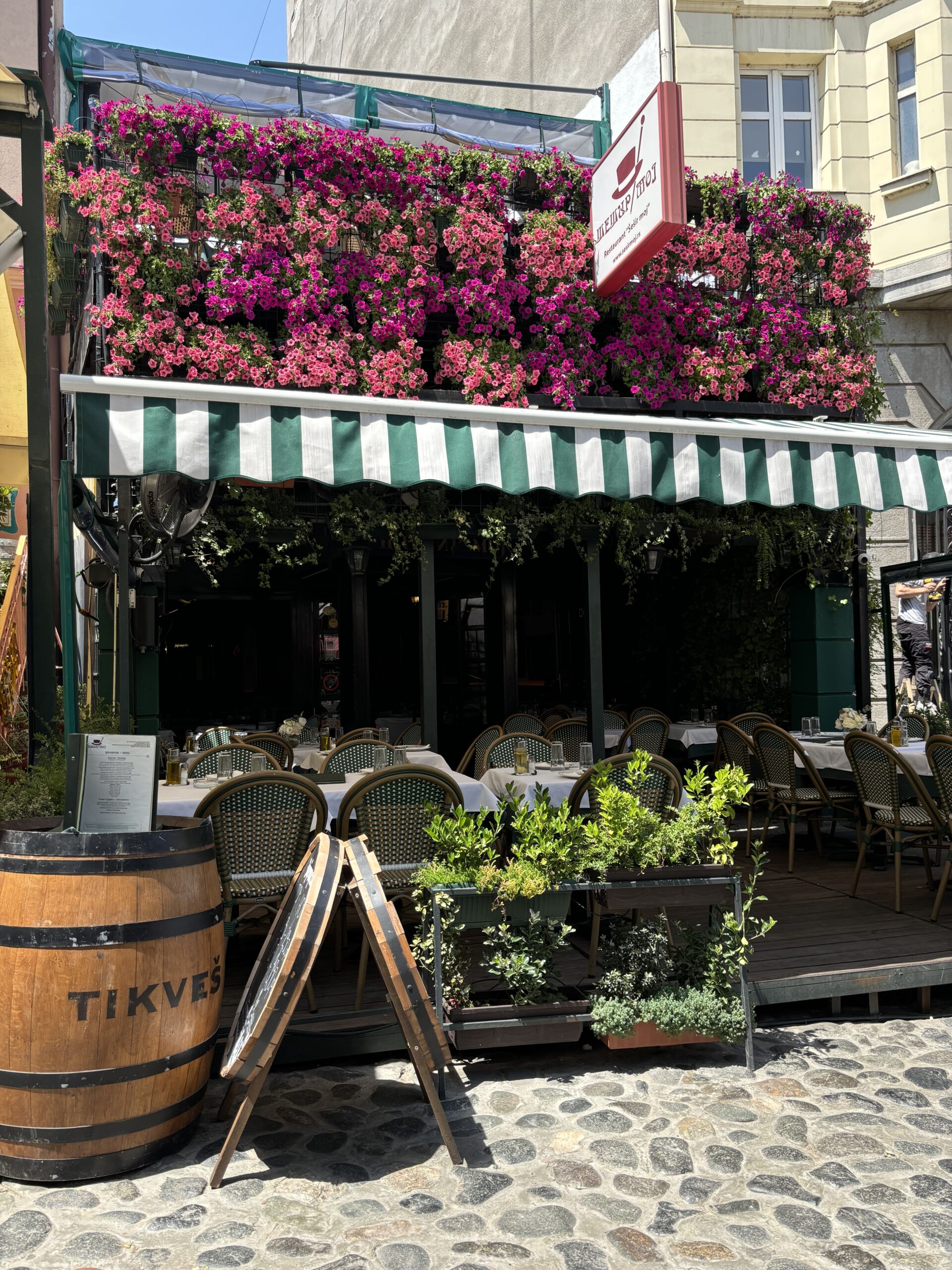







 2018
2018